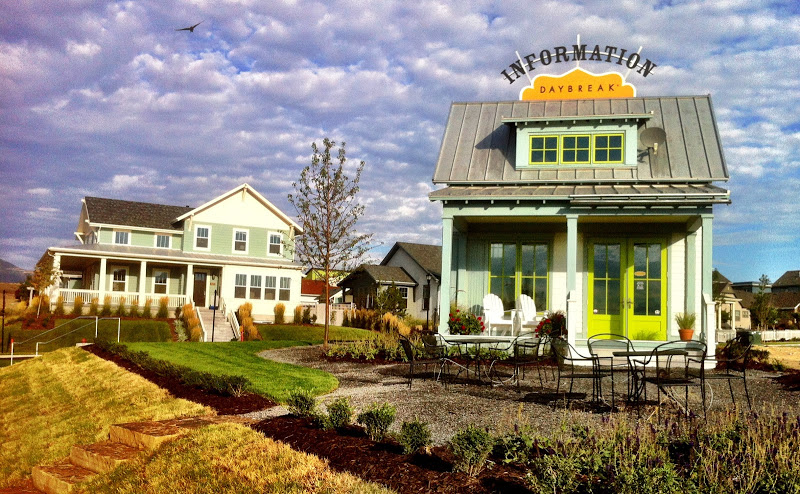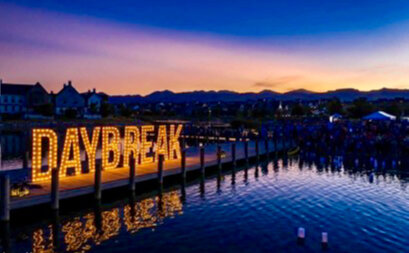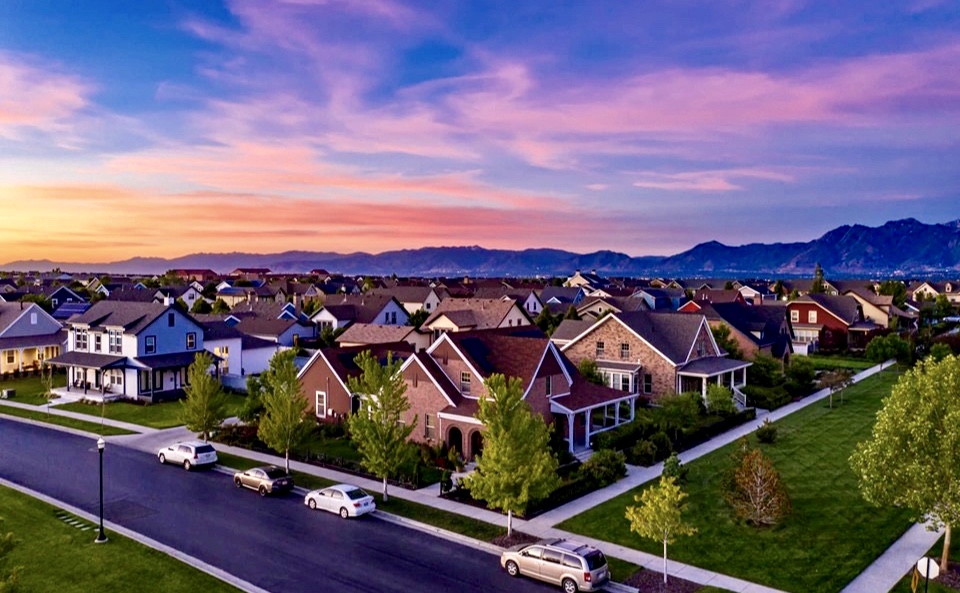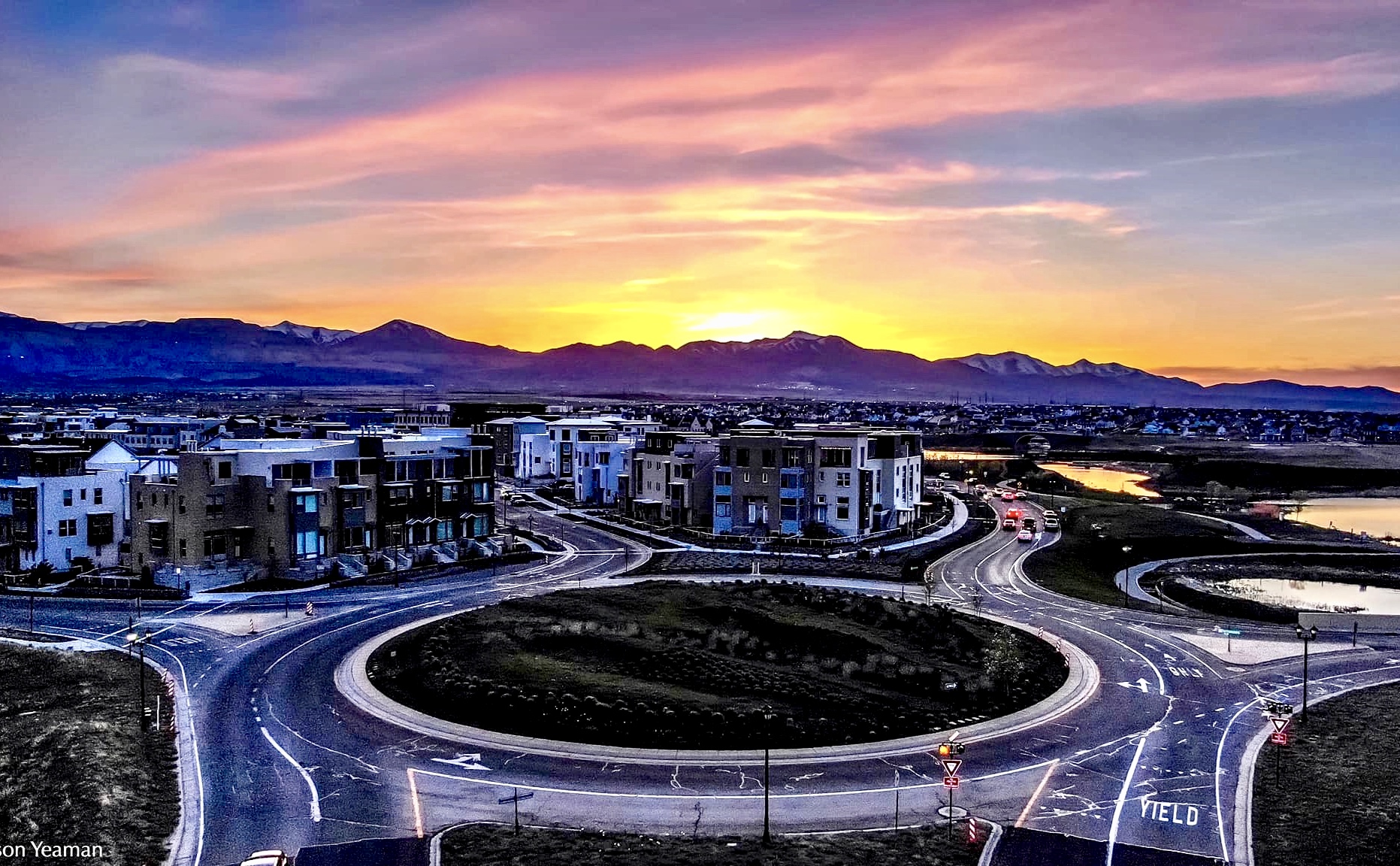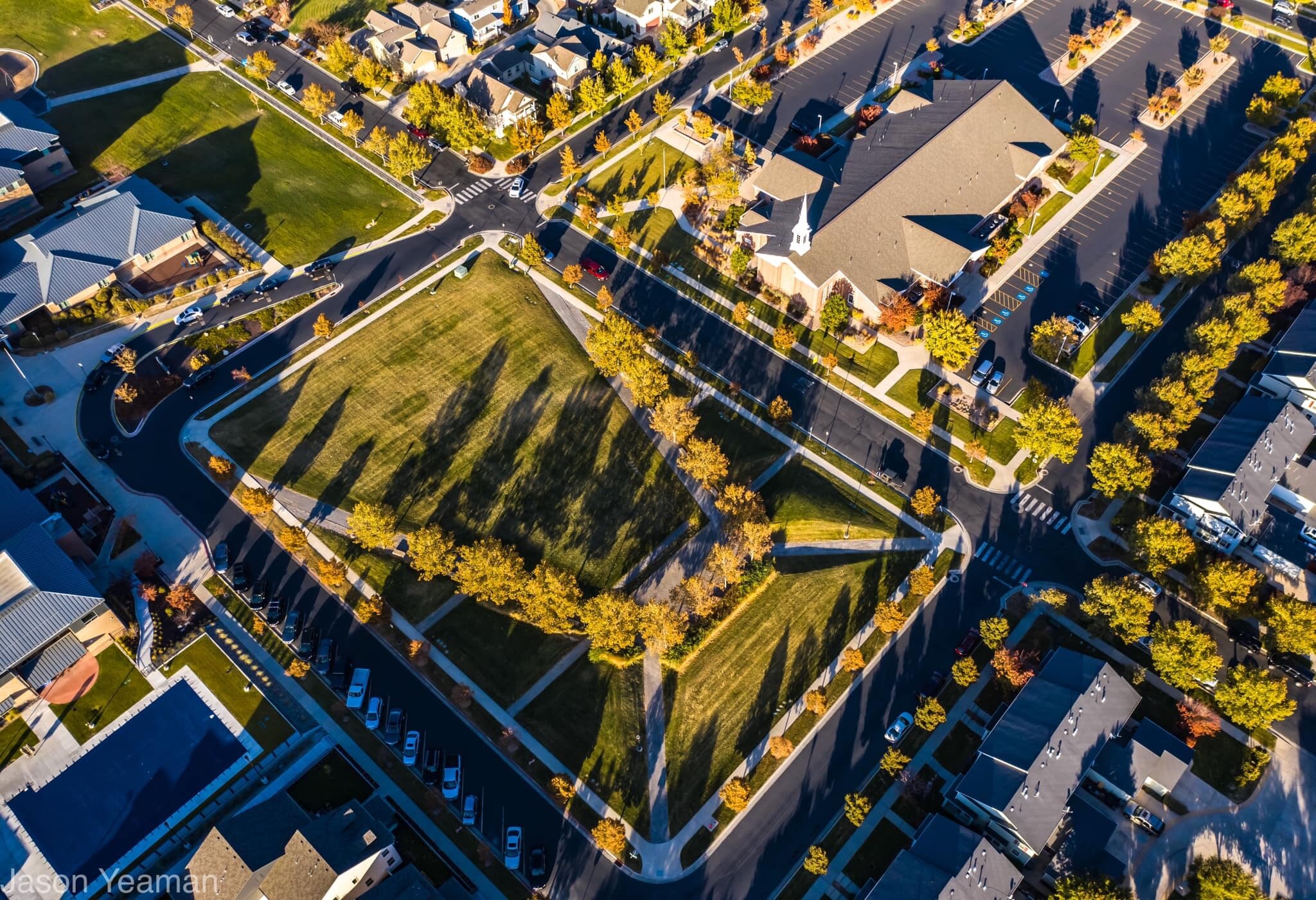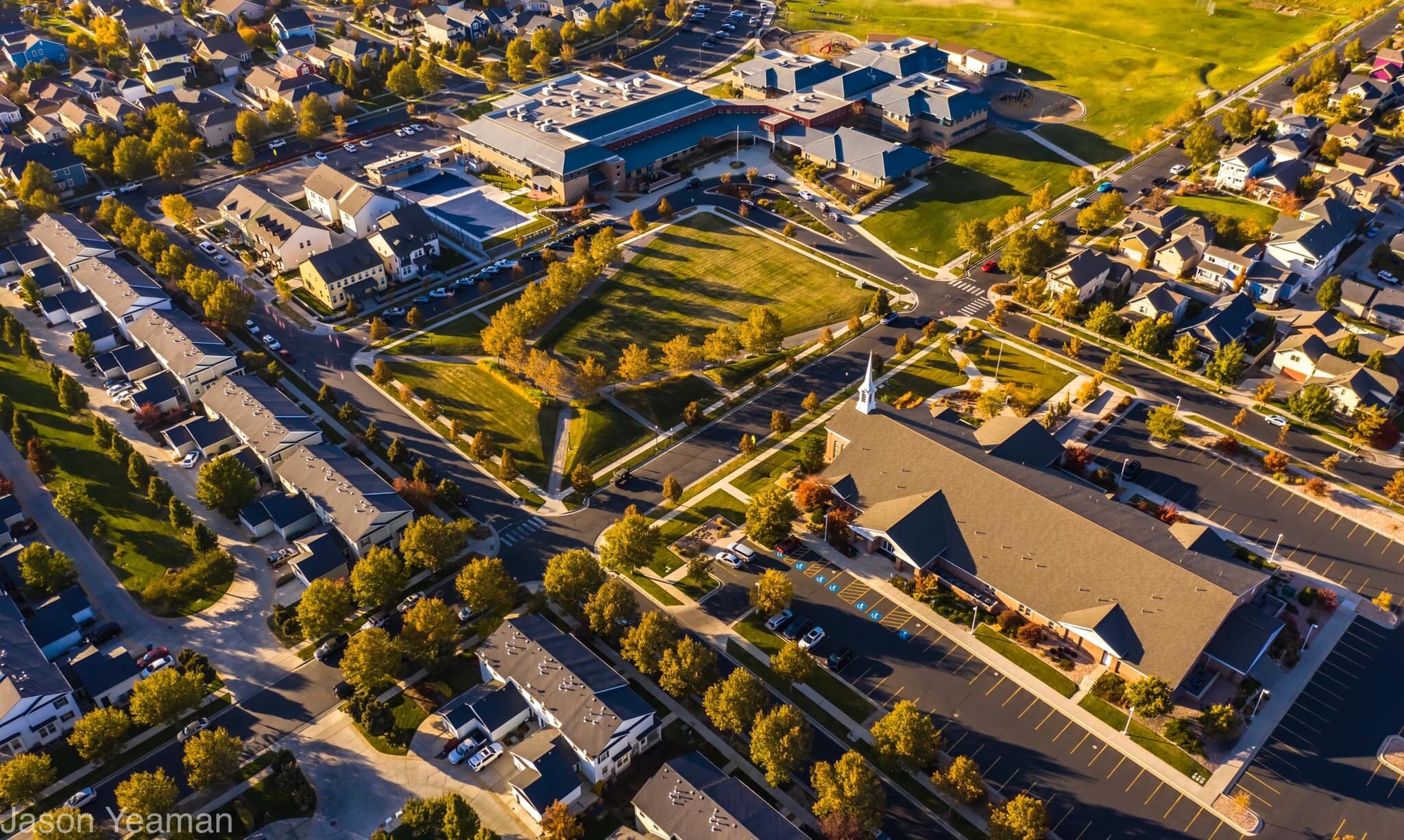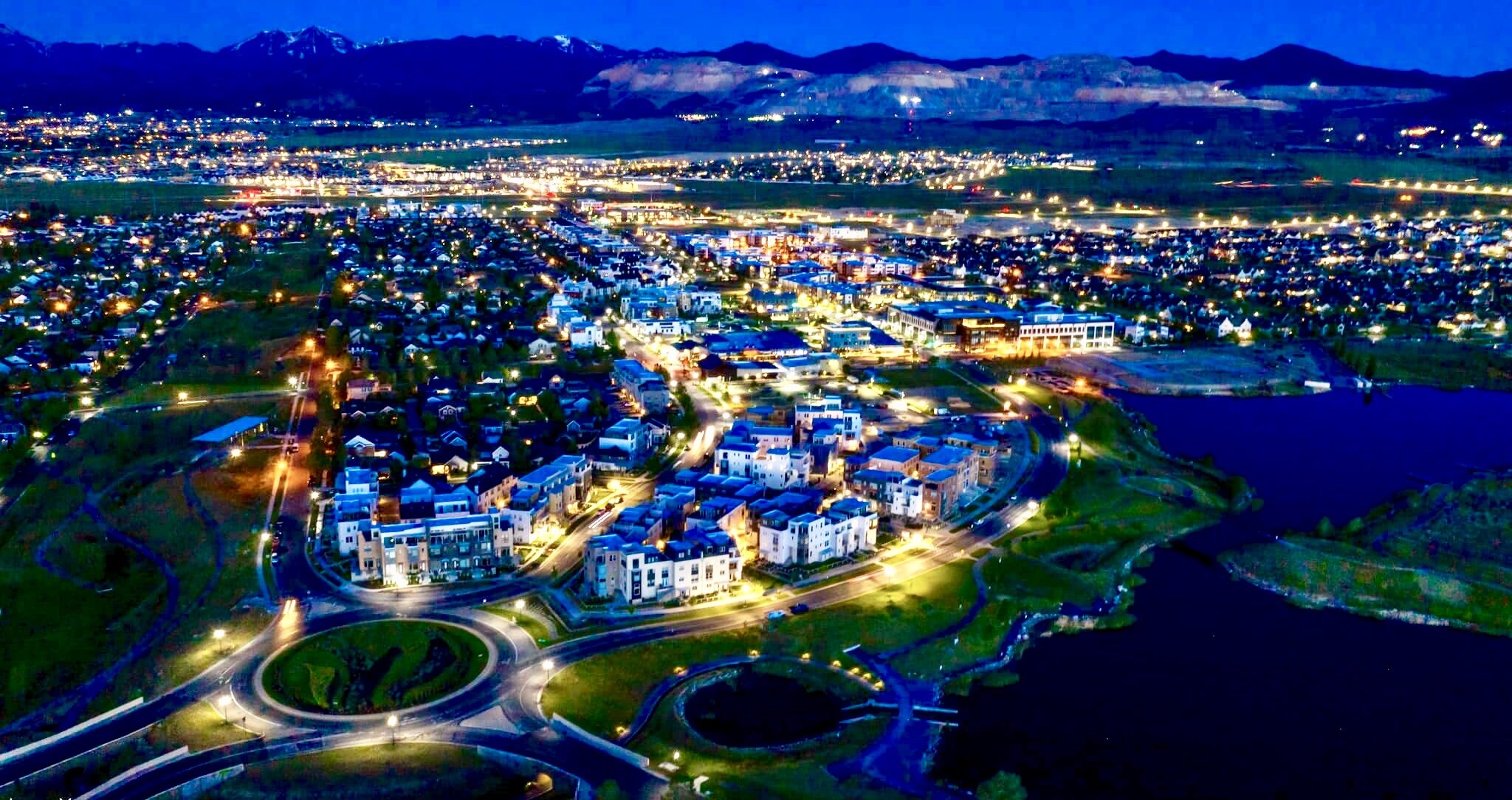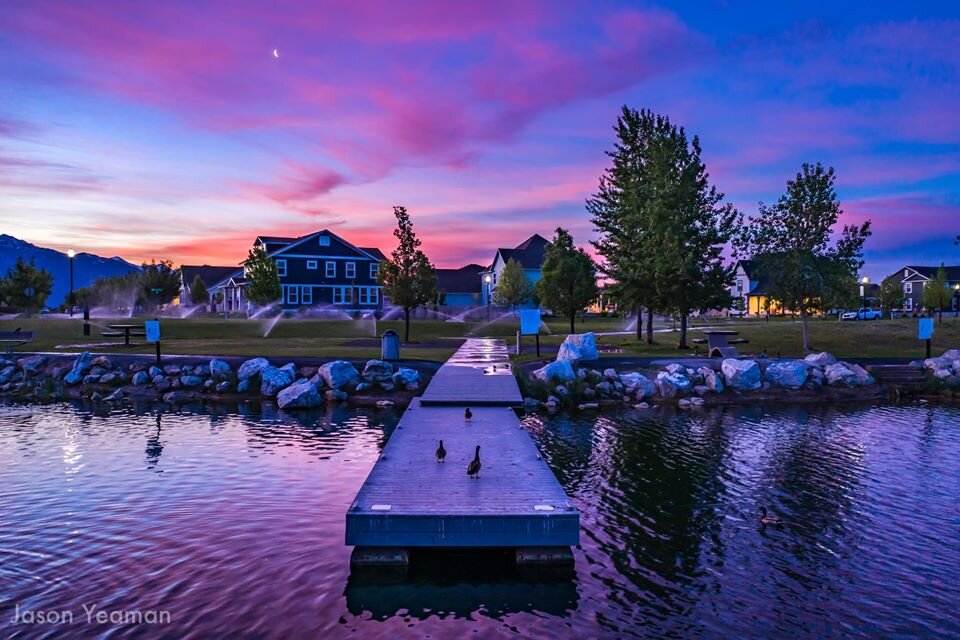I have been a Daybreak resident (South Jordan, UT) since July of 2007. I am a community planner and urbanist by trade and have studied communities like Daybreak for over two decades. Prior to moving to Daybreak I spent a number of years living and working in Arizona. When the opportunity to move back to Utah arose there really wasn't much of a choice in terms of where I wanted to live because of how I viewed the alternatives based on what I have learned as part of my profession. Daybreak was going to be the place where I would land, as long as I could find the right home. It took some time but I was finally able to find a home that met my family’s needs and we haven't looked back since.
The reason I mentioned that there wasn't much choice for my family and me, in terms of where we would live, is because I fully understood the reasons as to why I didn't want to live in a suburban neighborhood. A conventional suburban neighborhood has characteristics that I knew would generate discomfort for me:
Most suburban neighborhoods tend to generate an exclusive environment in how they function socially because each household has its own outdoor space in the form of a yard - rather than inclusive outdoor space in the form of neighborhood parks, that instead lend themselves to a much more social and communal environment.
Source: Michael Hathorne
Anyone that visits Daybreak will quickly and easily recognize that it is different from the more common suburban neighborhoods that are the status quo along the Wasatch Front. I also know that not everyone is interested or would be comfortable living in Daybreak. For me, Daybreak works extremely well because it provides all of the things that a suburban neighborhood is unable to provide:
Daybreak is extremely vibrant socially due in large part to the number of parks, the proximity of parks, the different programming in each of the parks, and the general spirit of community that the parks contribute towards.
Source: Daybreak
I am not trying to suggest that Daybreak is perfect by any stretch. I have studied and visited communities all over the United States that I believe are better designed and executed. Daybreak has its flaws and has made its share of mistakes. However, I have been quite impressed with how well Daybreak has done at recognizing mistakes and correcting them as they move forward. Daybreak is a model worth emulating here in Utah.
What the rest of Utah needs to understand is that if we have any hope of tackling our problems with air quality along the Wasatch Front our future growth is going to need to look and act more like the patterns that Daybreak uses as opposed to the conventional suburban patterns that are more of our present norm. Growth is not going to stop. In fact, the Salt Lake Tribune noted in a recent article that the Wasatch Front is expected to grow by 1.4 million people over the next 30 years. Our standard growth patterns are not going to allow for that kind of growth without further exacerbating our challenges with air quality (not to mention traffic congestion, fiscal responsibility, and a growing scarcity of developable land).
Source: Michael Hathorne
As successful as Daybreak has been (one in five new homes sold on the Wasatch Front is in Daybreak) its success has come largely in spite of its location in the southwest quadrant of Salt Lake County. It is not a convenient location, but with that being said it arguably has the best east-west transportation corridors (106th South and 114th South) in the valley, along with two TRAX stations that would not be possible if not for a development pattern that is supportive of transit service. Transit availability is a positive quality of life issue for me, because I hate driving and having the choice in transportation options has value in how I view things. Without transit Daybreak wouldn’t work for me, but fortunately transit is here so it works quite well.
Transit is one of those tools that will need to be better implemented if we plan on generating any sort of positive shift in impacting our air quality issues. Simply providing transit will not provide the necessary constructive impacts however. If this were the case we would have already experienced more encouraging headway than we have at this point. Transit needs to be supportive with growth and development patterns which are more reflective of what Daybreak has been, is, and will be doing. What also needs to be understood is that if transit opportunities are going to be expanded in our region it will warrant Daybreak type development patterns to support the ridership that is required for federal funding.
Source: Scott G. Winterton/Deseret News
The air quality issue will not correct itself without a concerted effort to change things. It must be done for the health of all those who live along the Wasatch Front. It must also be turned around before it dramatically impacts the financial viability of our region. It already has become an issue for EDCUtah to “sell” our region to businesses that are looking to relocate – we are losing potential jobs because of our poor air quality. Utah has also been put on notice by the federal government - Utah stands to begin losing federal highway funds if it doesn't reduce air pollution along the Wasatch Front.
As I look at the issues that lay before us because of the projected growth we are expected to experience, I believe the issue on the table is one of choice. The choice is one of lifestyle and the quality of life that comes with it. I firmly believe there are more people that would choose a Daybreak kind of lifestyle if it were more readily available. Daybreak isn’t going to work for everyone for two main reasons. First, some people just don’t want it, and that is just fine - there are, and will be, plenty of suburban neighborhoods available for those that want them (Chris Nelson, acclaimed professor and demographer at the University of Utah, is on record as saying that between 2020 and 2030, there will be a net surplus of 4 million suburban homes in the United States). Second, others do want it but its location in South Jordan simply doesn’t work for them. So the questions will need to be answered as to how the option can be made more readily available?
Source: Michael Hathorne
Daybreak broke ground in 2004 proving many critics wrong in whether it would actually work – it clearly has! Yet as successful as Daybreak has been, why has there not been a “Daybreak effect” in other parts of the Wasatch Front? In my opinion, it is because the system which governs how development occurs makes it far too difficult for developers to even consider it. If you were to walk into just about any city along the Wasatch Front with a proposal to develop something similar you would either face a response telling you it is illegal or be met with a regulatory process that would warrant a time commitment that makes the effort economically unfeasible for a developer to even attempt.
These issues need to change if we are going to salvage the lifestyle that many of us cherish along the Wasatch Front. Our physical, financial and environmental health depend on it. Daybreak has proven successful in helping to identify ways in which we can better prepare for our long term future. At the same time, I feel fortunate to live where I do today because of the lifestyle it affords me and my family. While my kind of lifestyle doesn’t appeal to everyone, I do believe it needs to be more readily available for those that want it – while also providing a part of the solution that is needed for everyone that lives along the Wasatch Front.
Source: Michael Hathorne
All photos in the above grid are provided courtesy of Jason Yeaman (DroneEntertainment.com)

